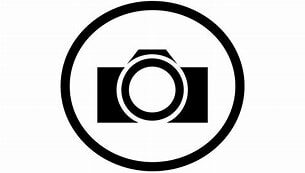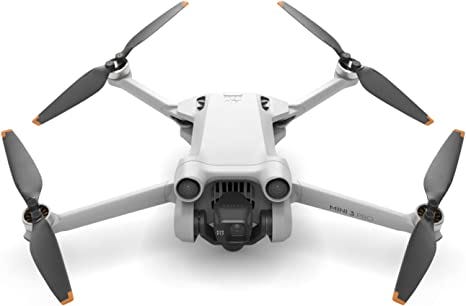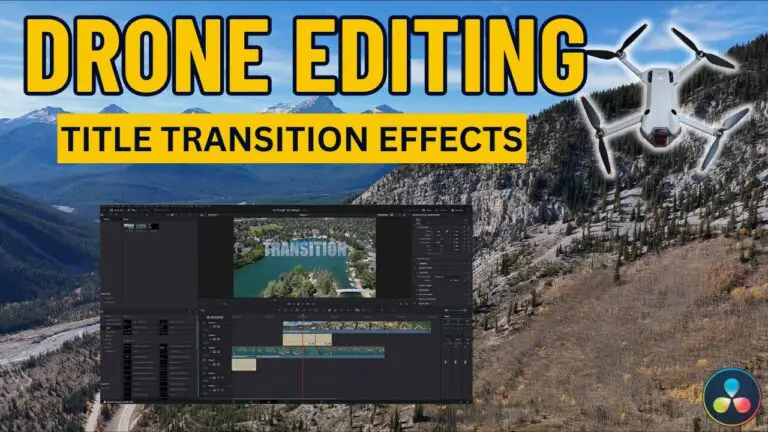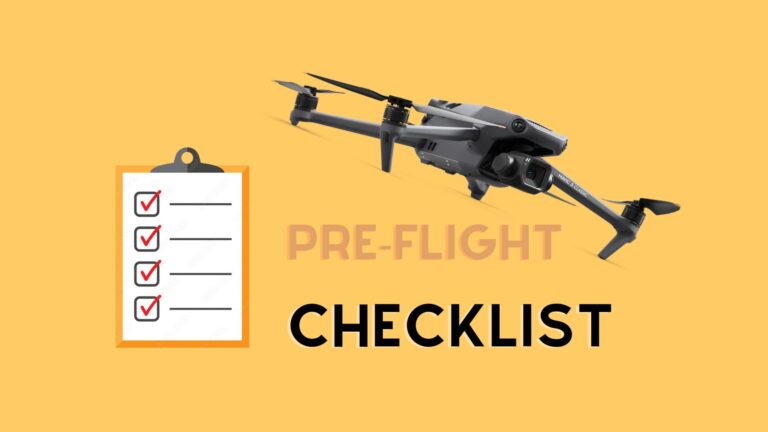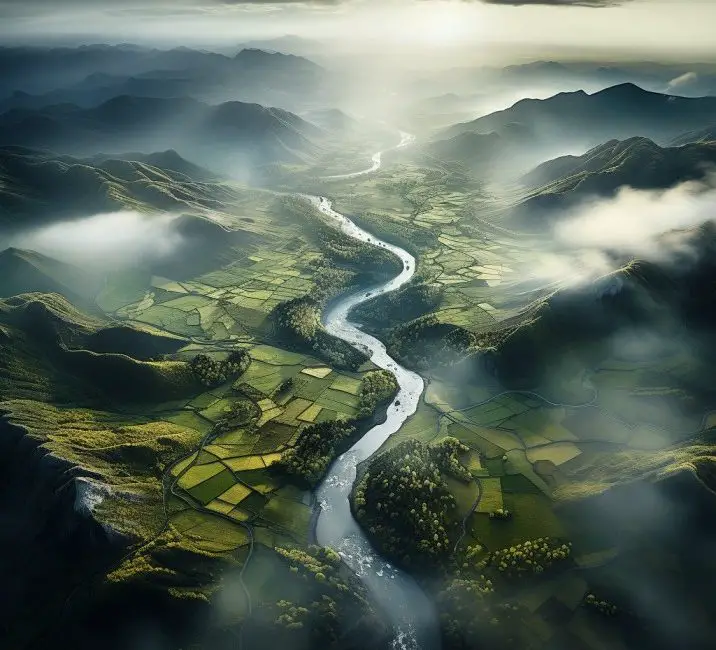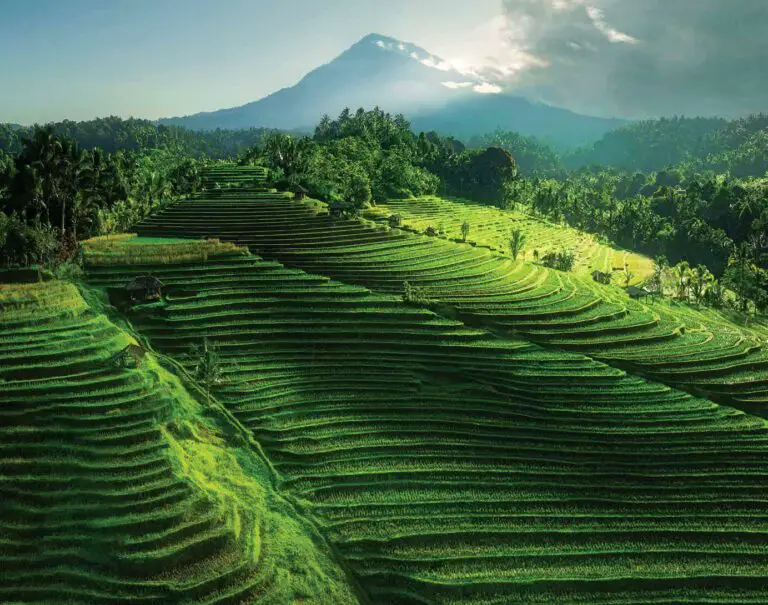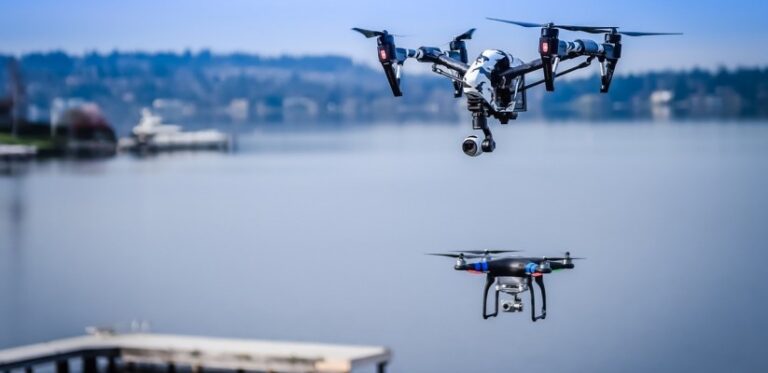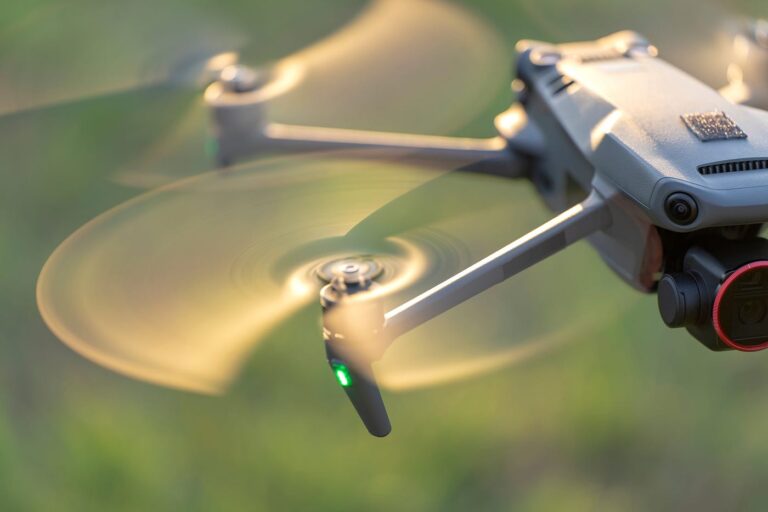The Evolution of Drone Cameras: From Hobbyists to Professional Filmmakers
Drone photography has revolutionized the art of capturing landscapes and cityscapes from angles previously unimaginable. What started as a hobbyist’s fantasy has now become an integral tool in professional cinematography and several other industries. This article will take a deep dive into the evolution of drone cameras from a niche toy to a pivotal piece of equipment in the photography world. We’ll explore the transitions, improvements, and impacts of drone photography, shedding light on where this technology is taking us in the future.
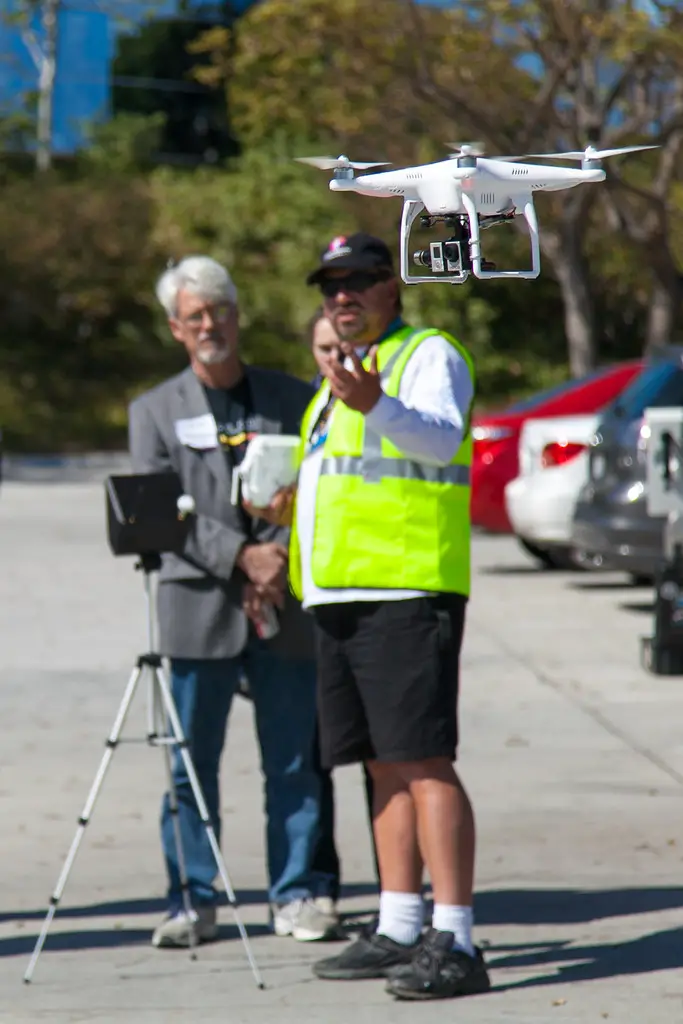
Drone Cameras for Hobbyists
In its nascent stage, drone technology was associated with aerial surveillance and military applications. However, with the advent of consumer drones, this exclusive territory was open to the public, and it began to play a significant role in the personal photography and video-making hobbies. Early adopters, often enthusiasts of aerial photography, saw the potential of this technology for capturing stunning bird’s-eye views of the world.
The Early Adoption by Photography Enthusiasts
The allure of capturing panoramic images without the restrictions of terrestrial objects quickly drew in photography hobbyists. Consumer drones, like the DJI Phantom series, became synonymous with this movement as they offered a stable platform for mounting cameras and creating exquisite aerial photographs.
Advancements in Consumer Drone Technology
These early drones were quite rudimentary, with limited flight capabilities and camera functionalities. However, as technology advanced, they became more user-friendly, offering features like GPS stabilization, automated flight paths, and better image quality. The entry of GoPro drones further solidified the trend by combining lightweight, high-quality cameras with drones designed for the consumer market.
Transition to Professional Filmmakers
Drone cameras swiftly outgrew their hobbyist status and found their way into professional filmmaking. Their ability to capture dynamic aerial shots effortlessly and relatively inexpensively transformed the way filmmakers approached visual storytelling.
Use in Cinematography and Filmmaking
Drone shots began appearing in films and videos, providing directors with new perspectives and storytelling devices. The chase sequences in movies, sweeping landscape shots, and architectural explorations are just a few examples of scenes enhanced by drone technology.
High-Quality Footage and Creative Possibilities
With improved stabilization and camera quality, drones soon offered a level of professionalism that was previously only achievable with helicopters and specialized camera rigs. Content creators and filmmakers were able to explore creative angles and sequences that were visually striking and often became iconic.
Technological Advancements
The heart of a drone’s camera functionality lies in its technological advancements. From longer battery life to advanced object avoidance systems, drones have come a long way in a short time.
Improved Camera Capabilities
The evolution of drone cameras mirrors that of standalone digital cameras. Drones are now capable of shooting in high resolutions, capturing RAW images, and even live streaming footage — all features that have made them indispensable for photographers and filmmakers alike.
Integration with Editing Software
Now, drone software interfaces with popular editing programs, allowing for seamless post-production. This integration has streamlined the editing process, with drones being able to overlay telemetry data onto footage, often making the edit suite feel like it’s part of the drone’s ecosystem.
Impact on Photography Industry
The rise of drone cameras has had a profound impact on the photography industry, reshaping narratives and challenging traditional photography practices.
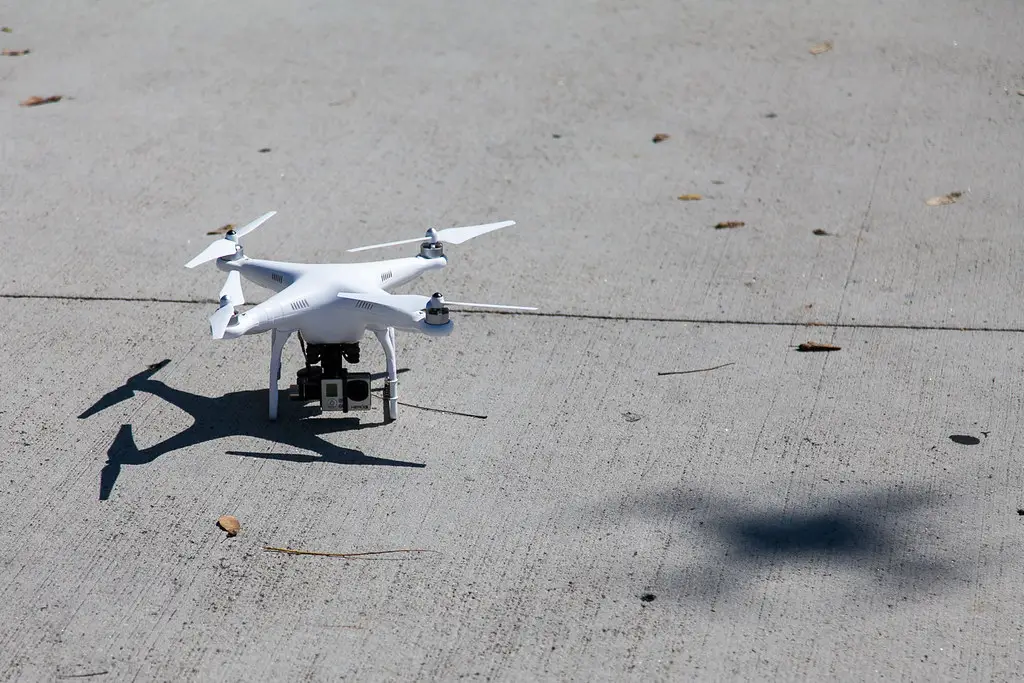
Changing Trends in Aerial Photography
Aerial photography, which was once the domain of specialized photographers and required significant investment, is now accessible to the masses. Consumers have come to expect aerial views in everything from real estate listings to travel vlogs, thanks to the ease with which drones can provide these shots.
Influence on Visual Storytelling
Drone technology has not only expanded the visual vocabulary for artists but has also triggered a shift in the way stories are told. Aerial shots now play crucial roles in establishing the setting, revealing details of a scene, and adding emotional resonance to the narrative.
Future Prospects
The drone camera industry is one of rapid innovation, and the possibilities seem endless. Here, we shed light on where we may see drone technology heading.
Emerging Uses in Various Industries
Drone cameras have found applications beyond just filmmaking. They are being used for surveying, agriculture, wildlife monitoring, and even as a tool for emergency services. The ability to access hard-to-reach areas with ease and safety ensures drones will continue to find new roles.
Potential Advancements in Drone Camera Technology
The future of drone cameras looks bright, with potential advancements in sensor technology, battery life, and flight capabilities. We might see drones that are quieter, have longer ranges, and can even fold down to fit in a pocket.
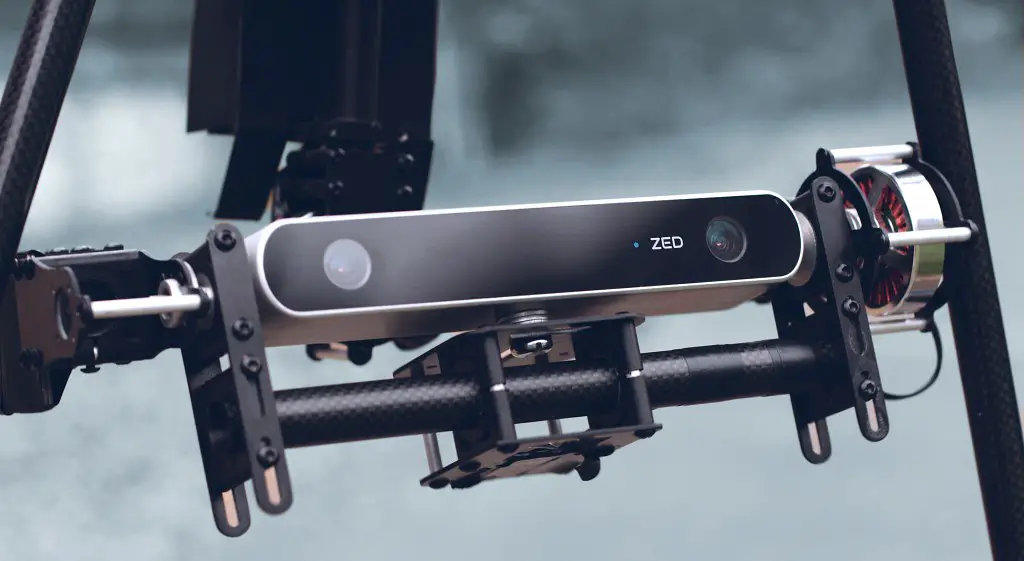
Conclusion
The trajectory of drone cameras—from a simple device for enthusiasts to capturing breath-taking images and supporting global industries—is a testament to the rapid nature of technological advancement. In the world of photography and visual media, drone cameras have rewritten the script, offering new tools for expression and exploration. For hobbyists, artists, and professionals alike, the seas of change are vast, and we’ve only just begun to see the ripples.
